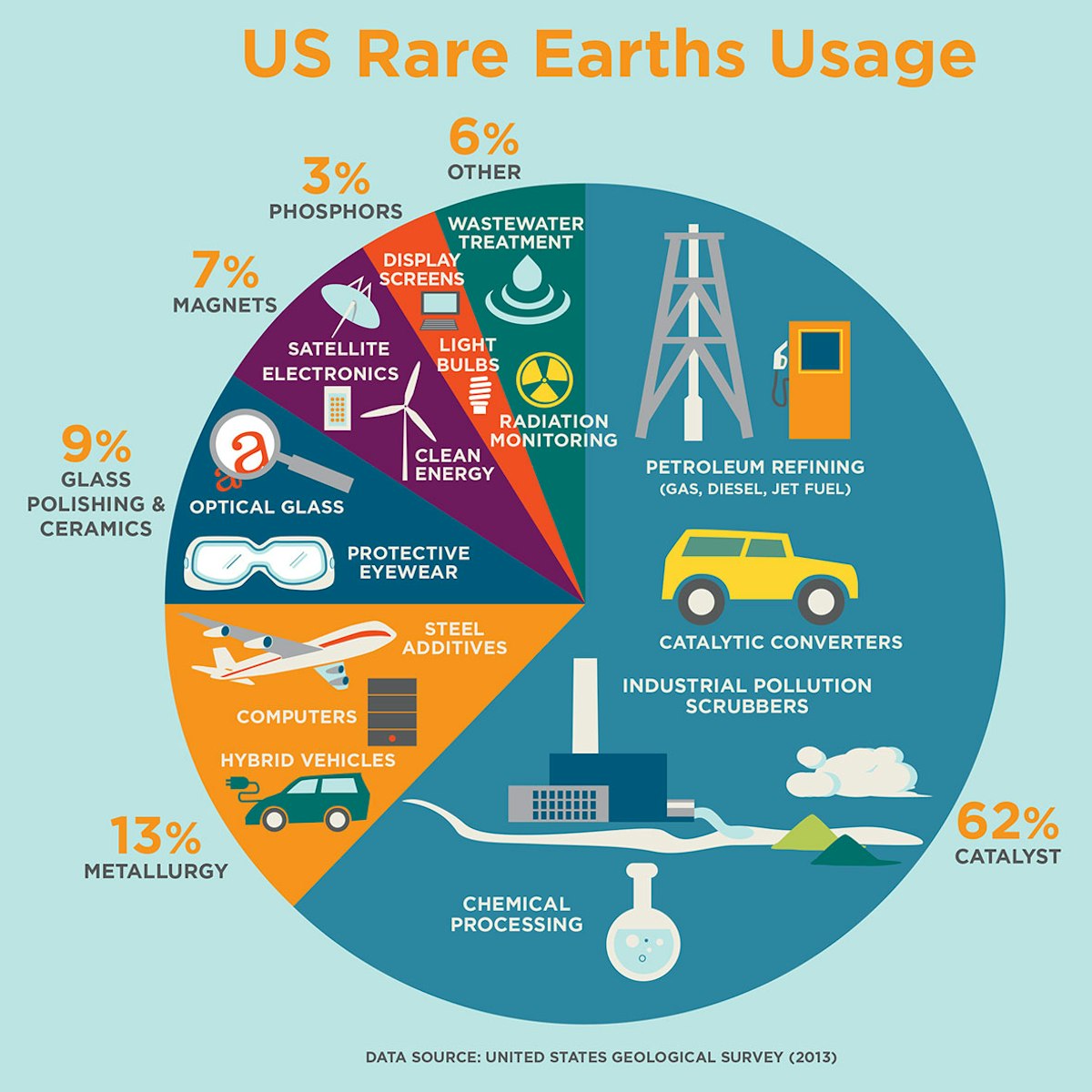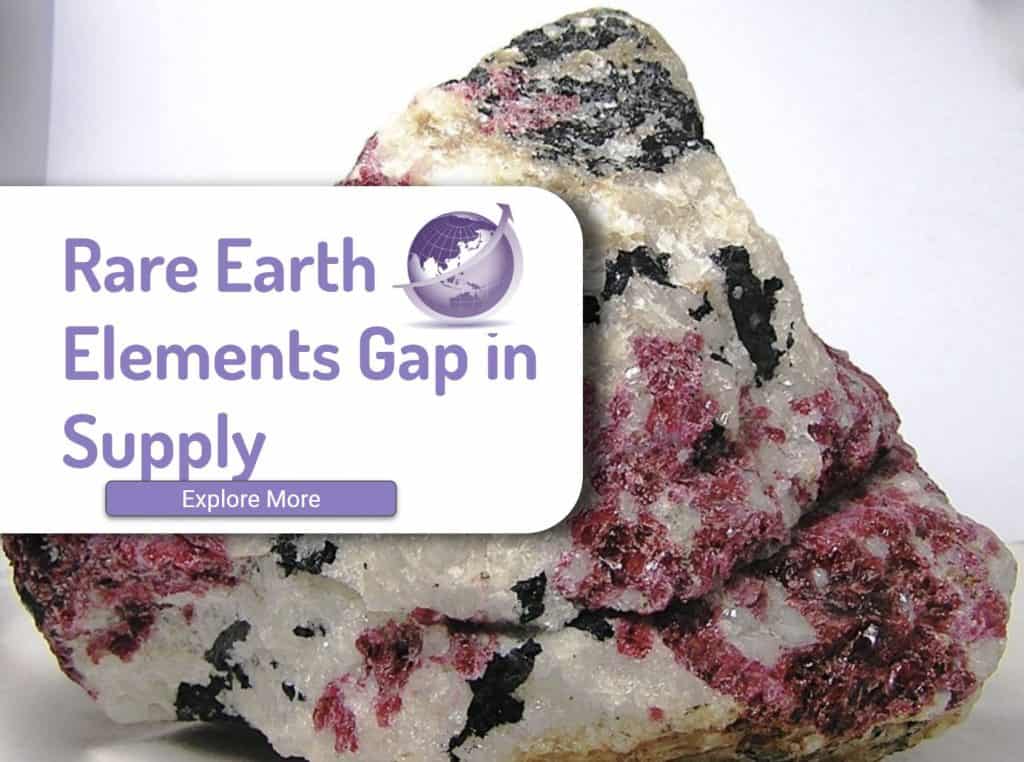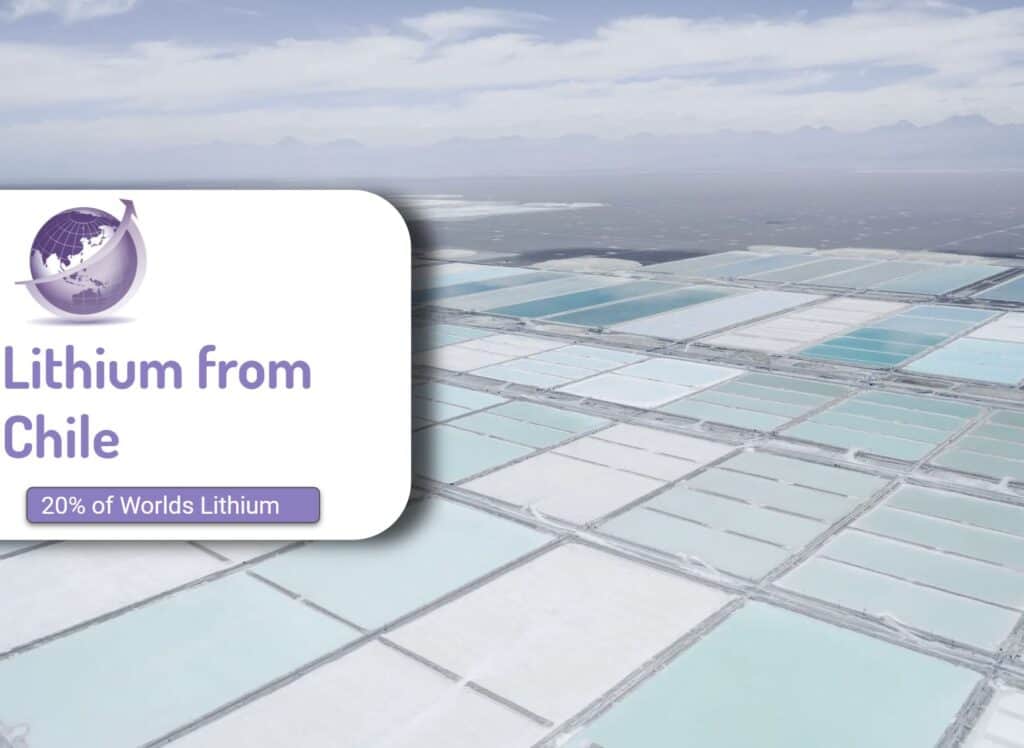Rare earth elements (REE) are metals or rare earth oxides, or lanthanides, and are a set of 17 silvery-white soft heavy metals. Rare earth minerals neodymium and praseodymium, known as NdPr, which are key to making the NdFeB magnets. GE needs 600kg of NdFeB magnets for every megawatt of wind turbine capacity. I.e. needs 7.2 tonnes of NdFeB for each of its Haliade-X 12MW offshore wind turbines, one of the largest 12-14MW turbines on the market.
17 Rare Earth Elements List
- lanthanum (La)
- cerium (Ce)
- praseodymium (Pr)
- neodymium (Nd)
- promethium (Pm)
- samarium (Sm)
- europium (Eu)
- gadolinium (Gd)
- terbium (Tb)
- dysprosium (Dy)
- holmium (Ho)
- erbium (Er)
- thulium (Tm)
- ytterbium (Yb)
- lutetium (Lu)
- scandium (Sc)
- yttrium (Y).
Scandium and yttrium are not part of the lanthanide family, but end-users include them because they occur in the same mineral deposits as the lanthanides and have similar chemical properties.
Although these elements are referred to as rare they are not particularly rare in the earth’s crust. Cerium is the 25th most abundant crustal element and lutetium, the scarcest REE, is about the 60th most abundant. However, it is not common for them to occur in concentrations sufficient to support commercial mining operations.
Mineral resources of REE are mostly mined from four geological environments:
- alkaline igneous rocks
- carbonatites
- placer deposits with monazite-xenotime mineralisation
- ion-adsorption clay deposits (Geoscience Australia)
Primary Use of Rare Earth Elements
Rare earth elements are used in electric motors but in other products as well. Supply is mostly from China, but expect change over the next decades. More reading check out Visual Elements
For more explanation of lithium, cobalt or nickel check out these posts.
Magnetic Properties
- Includes neodymium (Nd), dysprosium (Dy), and samarium (Sm)
- A neodymium magnet can store about 18 times more magnetic energy than an iron magnet of the same volume.
- Rare earth magnets are widely used:
– wind turbines
– electric motors
– guidance systems on aircraft and missiles
– speakers for personal electronics
– computer hard drives.
Luminescent Properties
- Includes europium (Eu), yttrium (Y), erbium (Er), and neodymium (Nd)
- Some of the REE have luminescent properties, meaning they give off light when stimulated by electromagnetic radiation. These elements are used as phosphors (light-emitting substances) in energy-efficient light sources, such as light-emitting diodes (LEDs) and compact fluorescent light bulbs.
Electrical Properties
- Includes cerium (Ce), lanthanum (La), neodymium (Nd), and praseodymium (Pr)
- Useful for nickel–metal hydride (NiMH) batteries. The anodes of these batteries are made of mischmetal, a mixture of cerium, lanthanum, neodymium, and praseodymium that is cheaper to make because the rare earth metals do not have to be fully separated from each other. The rare earths give the battery a higher energy density (greater capacity to store energy in a given weight) and a better ability to retain capacity after many discharge-recharge cycles. These batteries are widely used in hybrid cars and portable construction tools.
Catalytic Properties
- Includes cerium (Ce) and lanthanum (La)
- The electron structure of the rare earths makes them useful as catalysts (accelerators) for chemical reactions.
- Most catalytic converters use the PGE range of platinum, palladium and rhodium.
What elements compose REE
The number of REE is extensive, and the key ones are neodymium (Nd) and praseodymium (Pr). Often in mining, the minerals are associated with platinum as well.

REE Market Opportunity
From industry data, it is clear that there is a large gap to fill. The current supply is from China and is undocumented.

Rare Earth Companies
Arafura (ARU.ASX)
GE Renewable Energy struck an agreement with Australia’s Arafura Resources for NdPr for turbines (announced in July 2022) and the electric vehicle industry. Arafura (ARU.ASX) Nolan mine has about 5% of the world’s NdPr with a mine life of 38 years.
ITech Minerals (ITM.ASX)
ITM is an Australian miner in Eyre Peninsula in South Australia. ITM is currently focused on exploring it’s South Australian halloysite-kaolinite and rare earth element projects as well as developing the advanced Campoona Graphite Deposit on the Eyre Peninsula to feed the growing battery materials market.
Lynas Rare Earths (LYN.ASX)
Lynas is in production and supplies about 5% of the worlds production and expanding. It has production facilities in Malaysia and looking to expand mining and refining in the Kalgoolie area – it has Australia Govt loan for expansion. It had 965m in cash June 2022, and 351 m receipts.
REE Global Supply
China has the majority of reserves and mine production, but part of this is that other countries have not gone looking.
A team of researchers from Japan recently took their search to the bottom of the sea. By punching 10-meter-deep sediment cores into the sea floor and mapping that data onto GIS maps, the group identified an area of about 2500 square kilometers (roughly 960 square miles) sitting squarely in the Japanese Exclusive Economic Zone that contains more than 16 million tons of rare earth elements. According to USGS records, this is five times the total amount of rare earth elements produced globally since 1900. So it is more a case of not looking than not available.

Glossary of Rare Earth Elements
- CREO = Critical Rare Earth Element Oxide
- HREO = Heavy Rare Earth Element Oxide
- IAC = Ion Adsorption Clay
- LREO = Light Rare Earth Element Oxide
- REE = Rare Earth Element
- REO = Rare Earth Element Oxide
- TREO = Total Rare Earth Element Oxides
- %NdPr = Percentage amount of neodymium and praesidium as a proportion of the total amount of rare earth elements









